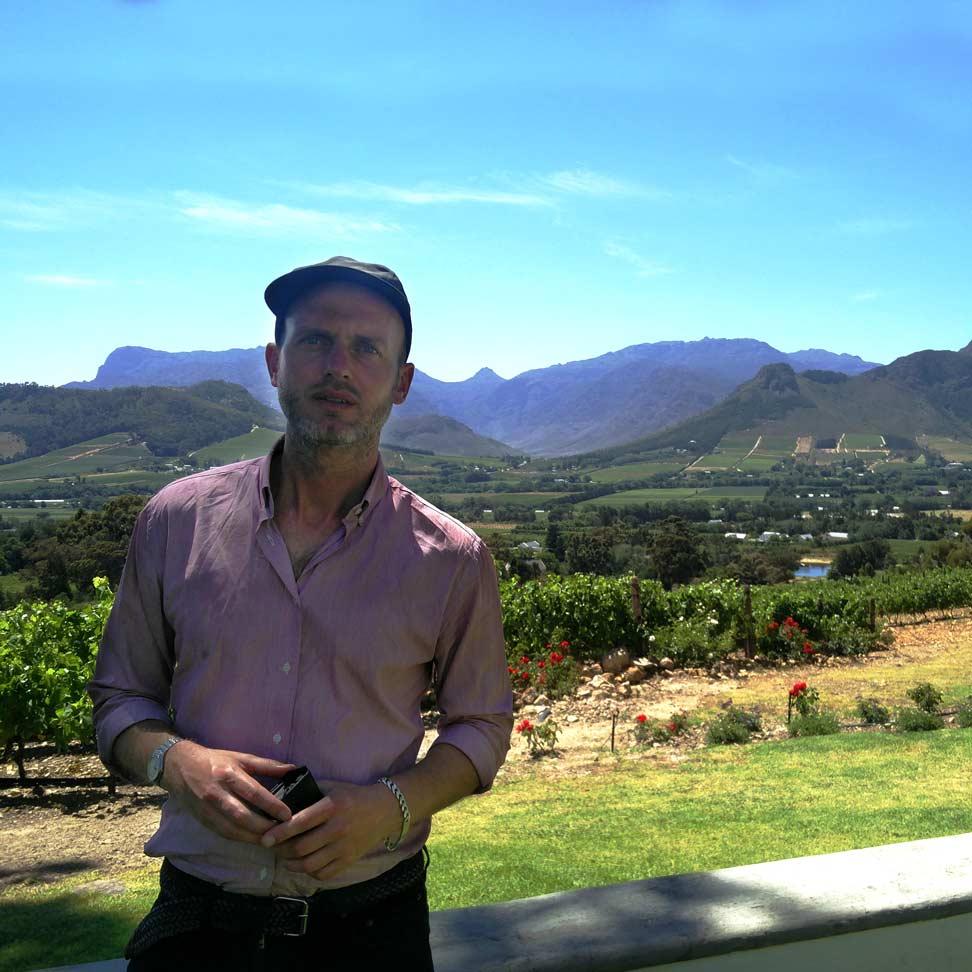From tribal Ethiopia to uniformed North Korea – beauty can be found everywhere. No one knows this better than Romanian photographer, Mihaela Noroc, who has been traveling the world for several years documenting the diversity of beauty through portraits of women. Her project, The Atlas of Beauty, has more than one million followers on Facebook and now her stunning photos are collected in a book.
It’s no wonder that we reached out to Mihaela as part of our Travelers We Love series for a talk about diversity, female beauty and traveling the world.
Can you please tell us a bit about the thought process behind The Atlas of Beauty project?
“This is the land of many religions and ethnic groups. She’s an ethnic Tigrayan.” Addis Ababa, Ethiopia
For years photography was just a hobby for me. I was working in other fields to make a living and, during holidays, I was backpacking to different parts of the world. That’s how I landed in Ethiopia in 2013.
Right away, I was fascinated by the women I saw there. Some were living in tribes, just as nonchalant about nudity as their ancestors had been generations before. Others were part of conservative communities, covering their heads. While others, in big cities, were embracing modern life. They were shining like stars – with dignity, strength and beauty.
If there’s so much beauty and diversity in one country, what about the rest of the world? I realized that the wonderful women of our planet need much more attention. I also realized that I could combine my two passions, traveling and photographing women, while creating a necessary project.
Why did you decide to only photograph women?
“She regularly organizes fashion shows in which the models are women in wheelchairs.” Bucharest, Romania
I have been interested in photographing women since my first encounter with a camera. When I started photography, 15 years ago, my first subjects were actually my mother and my sister.
Over the years I tried different types of photography, but I’ve realised that I have to focus on a niche area and develop my skills around it, instead of investing time and energy in different directions. This niche was photographing women.
Everywhere around the world, there’s so much pressure on women to look a certain way and there’s also so much discrimination against them. I believe an honest photo project about women of the world, about their struggles and dreams, is really necessary and could really make a change.
How do you choose the people you photograph and how do they react when you approach them?
“A moment of tenderness at the food market.” Cuenca, Ecuador
I try to find all kinds of faces that have the power to communicate a story, a mood, an attitude without words. The stories come as a completion of the photo.
It’s actually very challenging to approach strangers in so many different countries and environments. You need to be humble and overcome your timidity.
In some places, women are suspicious, thinking that I’m trying to sell something or to scam them. In other places, they are raised in conservative environments and don’t want to be photographed. Some are just shy and don’t feel comfortable in front of the camera. I have been refused many, many times, but fortunately, most of the women that I approached were happy to be part of the project and felt flattered.
How do you go about a photo shoot?
“She takes passport photos in this little shop, but her dream is to take landscape photos around the world.” Korolyov, Russia
I shoot 90% of the portraits right when I approach the women. The women I photograph are always natural and authentic. I want to show them as they are, in natural light and in their own environment. However, sometimes if the light is really bad, if it’s dark or if she’s in a hurry, we meet the next day.
You’ve photographed women in North Korea. How was this experience?
“Rarely have I seen such a high concentration of uniforms; they are seen everywhere in this society.” Pyongyang, North Korea
Traveling in North Korea is like stepping into another world. So I felt privileged to photograph some North Korean women and talk a bit with them. Although I was always accompanied by guides, I was allowed to photograph whomever I wanted. It was fascinating to feel that, although we live in different worlds, with very different mentalities, there was something deeper that connected us as women and as human beings.
Are you portraying what you find beautiful or what is considered beautiful in the specific culture?
“She’s a theater actress and while she loves playing different roles on stage, in real life, she adores being herself.” Istanbul, Turkey
I’m not on a mission to show what is considered beautiful in a specific culture. On the contrary, I try to change misconceptions about beauty and show that it exists everywhere, in all forms … in a story, in a gesture, in a pair of eyes, in a smile.
My project is not just about beauty, but also about the diversity of the world. Through my photos, people can become familiar with other cultures, they can understand them better and think a bit more about tolerance.
Are beauty ideals different from culture to culture?
“She’s wearing a deel, a traditional clothing commonly seen in Mongolia.” Ulaanbaatar, Mongolia
Yes, definitely. For example, in the Western world, many women try to make their skin darker, through sunbathing or cosmetic treatments. In many parts of Asia, on the contrary, many women try desperately to make their skin lighter so they cover it from the sun.
Are there any beauty ideals that seem to be universal?
“The daughter is a ballerina and her biggest supporter is her mother.” Milan, Italy
Beauty ideals change over the years. In the past, they were primarily influenced by the arts. Nowadays they are influenced by the media, and especially by advertising. In the last decades, beauty has been closely connected to sexuality. Try and search ‘beautiful woman’ on the internet and you will find a lot of sensual images.
I’m not saying that sensuality is a bad thing. But when it becomes the essence of all beauty ideals, the main trend in mass media, I think it’s good to have a counterbalance. And that’s what I’m trying to do through my project. To show that beauty means much more than what we usually see in mass media and it can be found among regular people too.
Do you have a favorite part of the world to photograph?
“She’s a graphic designer and is proud that she’s been financially independent since she’s turned 18.” Tehran, Iran
Every place is different, but there are some general things. For example, in Europe and in the US people are very open to street photography and they easily accept to talk to me and be part of my project.
In more conservative areas, it is much more difficult to convince a woman to be photographed. But at the same time in these places, you often find more colors and local folklore, which look amazing in the images.
Tell us a bit about your journeys. How do you usually travel?
“She’s a helicopter pilot for the Mexican Federal Police.” Mexico City, Mexico
Although The Atlas of Beauty project has become very popular, I still travel on a small budget, like when it all started. Most of the time this is the best way to meet locals, to blend in with the communities of the world and understand the culture.
Traveling to so many fascinating places has given me some of the best times of my life, but also the most challenging. I’ve been close to war zones and wandered through dangerous slums. I’ve been freezing, overheated, crying. I’ve been out of money, and I’ve been ill while far from the comforts of home. But meeting so many incredible women kept me moving forward on my path.
Your book just came out, what are your plans now?
“In the past, she felt insecure because of her blushing, but not anymore.” Berlin, Germany
Yes, my book came out on September 26, 2017. It contains 500 portraits, shot in more than 50 countries during the last four years. But although it’s a very comprehensive book (352 pages), I want to continue the project and find even more diversity.
There are many more fascinating places and faces waiting to be discovered and now, because of the popularity of my social media pages, I can send a message that will be heard. I can really try to make a change, at least a small one, in a world which is sometimes too intolerant and unfair to many of its inhabitants.
Please tell us about your favorite portrait in the book
Mihaela and The Atlas of Beauty with the young pilgrim in Varanasi on the cover
All the portraits in the book are very special to me, so I can’t name one as being my favorite. But I will tell you the story of the portrait on the book’s cover.
I was walking around the Ganga River, in Varanasi, India, a holy place of Hinduism, where thousands of pilgrims come every day. Here I saw a young pilgrim, preparing to make an offering. Her serene expression seemed from another world and the light was great. I was so fascinated by this magic moment that I entered into the river and asked for her permission to take a photo.
Usually, I try to spend at least a few minutes with the women that I photograph. I take a few photos and listen to their stories. But this time, I didn’t have this chance, so we only spent a few seconds together before she continued with her ritual. But her eyes, her stance, her outfit, her gesture told me a mystical story that words could never tell.


